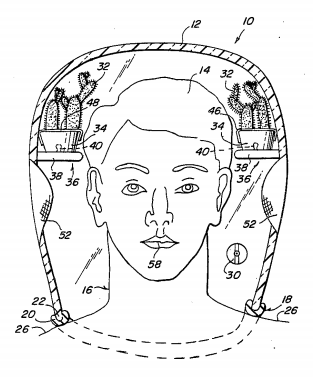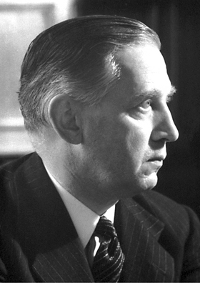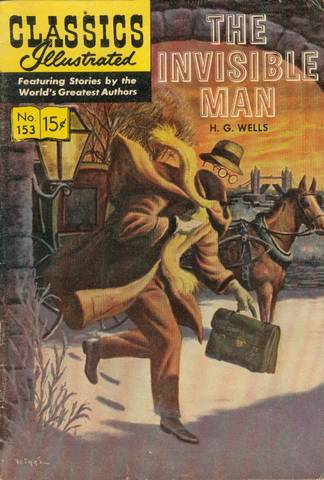Harold came rushing out of the engine room with dishevelled hair and bulging eyes. We asked him what on earth was the matter. For an answer he pointed to a piece of rope that was caught in a part of the farthest end of a long beam, which extended far over the side of the Seairoplane. Then he said, ‘Unless that rope is gotten out of the curobater we will all be killed.’ These awful words astounded us and we all became frightened at once. Suddenly amid all of our lamentations a cry from Harold was heard and we all looked up. What was our surprise to see James Thurber walking out on the beam. He reached the end safely and then extricated the rope, but when he turned to come back his foot caught and he pitched head foremost towards the deck. His unusual length saved him for he landed safely on the Seairoplane. We were all very joyful that the terrible crisis had been safely passed and afterwards learned that James was a tightrope walker with Barnsells and Ringbaileys circus.
— From an eighth-grade “class prophecy” essay by 14-year-old James Thurber, 1909






